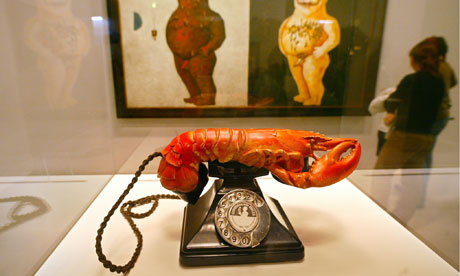LOS ANGELES (Reuters) - Honda Motor Co
introduced its redesigned Civic sedan only a year-and-a-half after a
major model change of the best-selling compact car in the United States.
Even Honda admits
that the 2012 Civic, introduced in the spring of 2011, missed the mark.
For a company that prides itself on rock-solid reliability, it was a
shock last summer when influential Consumer Reports ranked the Civic dead last in a field of 12 compact sedans it tested.
Sales of the new Civic, a 2013 model, will start this
week and the refreshed car was shown off on Thursday at the LA Auto
Show.
Honda produced a
Civic that is upgraded inside and out, featuring a sleeker look, better
quality interiors and improved steering feel and a rear view camera that
comes standard, said John Mendel, executive vice president of sales for American Honda.
Mendel said that Honda has no plans to compensate
owners of the 2012 Civic, and that he has only heard from a few
customers upset that they bought a car that was upgraded so soon.He said he would equate it to the owner of a year-and-a-half-old Apple IPod when Apple comes out with a new version.
"You still got a great vehicle, with a lot of capability. The new one is just improved," said Mendel, which is what he tells customers, who, he said, are satisfied with their cars.
"I don't want to be too flip about that but at the same
time it's not as if we duped them into buying something that was not
good and then all of a sudden said we fixed it," said Mendel. "You got
the broken one and now we got the real one. It's not the case."Mendel said that there is a 45-day supply of 2012 Civics remaining, which should take a few months to sell off. Honda is offering three-year leases on those cars for $149 a month and $1,999 down.
HONDA GOT ITS MOJO BACK
Jake Fisher, director of automotive testing for Consumer Reports, says that the magazine will test the new Civics soon. He could not predict if the Civic will return to its "recommended buy" list, but he said that Honda seems to be making the right moves after some questionable quality in some of its models in the past several years.
"They have gotten their mojo back," Fisher said on the sidelines of the LA Auto Show. "They've had problems. They had a whole series where every new redesign was worse" than the car it replaced.
Fisher said the new
Accord, which went on sale a few months ago, "is a really impressive
vehicle" and much-improved over its predecessor.
"Hopefully, the improvements they've made in the Civic
will help bring it up over the line and we can recommend it again,"
Fisher said.The Civic LX sedan with automatic transmission is priced at $19,755 including destination charges, and a manual transmission version is $800 less. All versions of the 2013 Civic that go on sale this week are $160 higher than the 2012 models.
Mendel, as he has
said several times this year, said on Thursday that Honda miscalculated
the market after the Lehman Bros. collapse in 2008 and the beginning of
the recent recession, which was when the 2012 Civic was being developed.
"We had
anticipated," said Mendel, "that consumers would have a little bit
different and more conservative view about driving. We underestimated
the expectations. We zigged a little bit to provide them with the
content that we thought they would want."
Mendel said that by
the time the 2012 Civic was introduced, Honda executives were already
saying they undershot the target and needed to upgrade the car.


